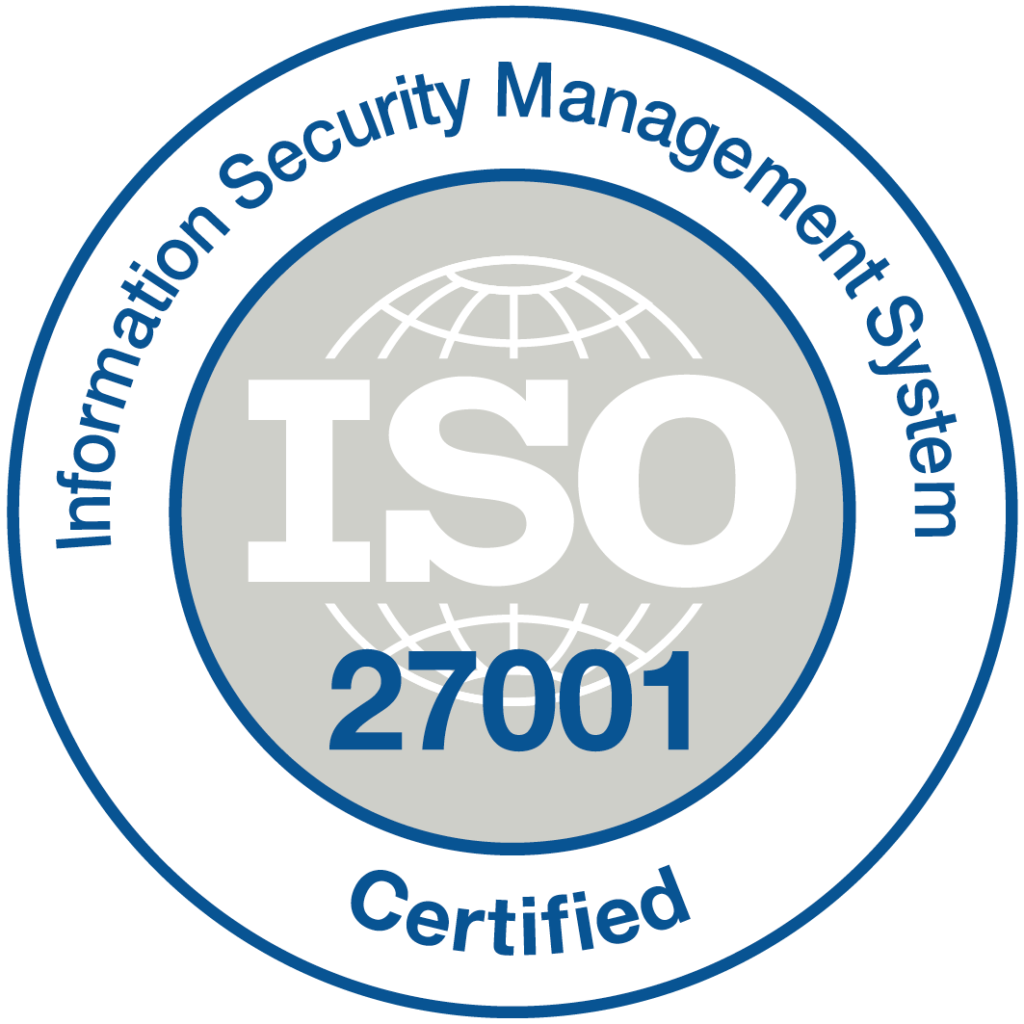This topic describes the basic environment configurations required for the operation of ZStack Cloud.
Network Environment #
Cloud computing environment is an essential IT infrastructure of enterprises. Before you install ZStack Cloud, you must prepare the basic hardware and software environments based on the required configuration settings. Incorrect environmental configurations may make you unable to complete environment deployment or cause exceptions when the Cloud is in service.
The following figure shows a typical cloud environment built in a small data center. This environment consists of servers that are deployed for different usages and two independent networks. Note that ZStack Cloud supports Gigabit and 10 Gigabit Ethernet networking.

As shown in the preceding figure, one server is used as the management node of ZStack Cloud and one server is used to store VM images. The other servers are used as the hosts of VM instances. Note that in small data centers, one server can serve as the management node and backup storage at the same time. In a large physical environment, you can configure multiple management nodes to achieve high availability and configure multiple backup storage to extend backup storage space and throughput.
Every server is connected to the management network and data network. The data network can access the Internet through the firewall. The management network is used for the management node to manage hosts, VM instances, volumes, and other cloud resources. The data network is used for VM instances to provide data services. Note that the IP address in the preceding figure is used only for illustration. Besides, ZStack Cloud supports jumbo frames for network traffic.
Note:
- You need to assign static IP addresses to the servers that connect to the management network.
- You do not need to assign IP addresses to NICs of servers that connect to the data network. However, the name of the server NICs that connects to the data network must be consistent, such as eth0.
Hardware Requirements #
Hardware Configuration Requirements #
The following table describes the configuration requirements over servers and other hardware devices for the installation and deployment of ZStack Cloud.
| Device | Component | Configuration Requirements |
|---|---|---|
| Server | CPU | x86-64, with the support for Intel VT or AMD-V virtualization hardware extensions, such as Intel VMX or AMD SVM |
| Memory | No special requirements, DDR4 or higher-performance memory recommended | |
| Motherboard | Dual socket server motherboard | |
| RAID | SAS/SATA RAID 0/1/10 and support for pass-through mode | |
| Hard Disk | No special requirements, hard disk drive (HDD) or solid state disk (SSD) | |
| NIC Port | One NIC port of a gigabit for connecting to the management network, such as 1 Gb RJ45 Ethernet NIC portOne NIC port of a ten-gigabit for connecting to the business network, such as 10GbE SFP+ port | |
| Network Switch | / | At least a one-gigabit switch, ten-gigabit switch recommendedSeveral Category 5 jumpers |
When you configure hardware settings, note that:
- Make sure that CPU virtualization is enabled in the server BIOS. In addition, make sure that the CPU model of all servers is consistent. This avoids inconsistency of CPU instruction sets of the servers.
- Make sure that storage configurations are complete in advance:
- If you use LocalStorage, we recommend that you apply backup storage redundancy. For example, you can configure a RAID 10 array by using four disks. This makes the primary storage and backup storage more reliable. If higher read/write performance of VM instances is required, we recommend that you configure a RAID array by using SSD disks. If higher read performance of VM instances is required, we recommend that you configure a RAID array by using a mix of SSD and HDD disks.
- If you use NFS, Ceph, or other distributed network storage that supports Shared Mount Point, you need to configure a relevant storage system or file system in advance. If you configure a Ceph backup storage, you need to configure a Ceph primary storage.
- Make sure that you complete network configurations in advance. We recommend that you configure identical names for NICs on all hosts and use the NICs that share the same name for data communications of the same type. For example, you can configure the name em1 for NICs that are used for management traffic transfers.
- Make sure that you complete network switch configurations in advance:
- To use VLAN network environments, configure VLAN network communications on the switch in advance.
- ZStack Cloud automatically assigns IP addresses to VM instances. You need to reserve an IP address range that does not conflict with the system and does not conflict with the existing DHCP service.
- The CPU, memory, storage, and NIC settings decide the business performance of ZStack Cloud:
- Minimum-configuration environment (All In One): requires a minimum of 4 CPU cores and 8 GB memory. This configuration is used only for demonstrations and is not recommended for production environments.
- Production environment: management node configurations decided based on your deployment scale and compute node configurations decided based on your business scale. For more information, contact the official technical support.
Management Node Configurations #
The following table describes the hardware server resources that a management node occupies in different deployment scales.
| Configuration Item | Deployment Scale (Number of Hosts) | |||
|---|---|---|---|---|
| =1 (Non-Production Environment) | <=50 | <=500 | <=1000 | |
| Minimum Configuration | Recommended Configuration | Recommended Configuration | Recommended Configuration | |
| CPU | 4 cores | 16 cores | 32 cores | 64 cores |
| Memory | 8 GB | 32 GB | 64 GB | 128 GB |
| Storage | 60 GB | 120 GB | 480 GB | 960 GB |
| Note: The preceding configurations are used for reference only. Required configurations vary depending on your demand and environment. For more information, contact the official technical support. | ||||
Hardware and Software Compatibility List #
ZStack Cloud is fully compatible, interoperable and support seamless integration with the following Hardware and Software.
| Hardware/Software | Item |
|---|---|
| Hardware | Dell EMC PowerMax 8000 |
| Dell PowerEdge R740 | |
| Dell EMC Connectrix DS-6610B, DS-6620B, DS-6630B | |
| Hitachi VSP G350, G370, E590 | |
| Brocade G620, G630 | |
| Cisco Nexus 9300-FX Series N9K-C93180YC-FX | |
| Cisco Catalyst 9500 Series C9500-16X-A | |
| Cisco Catalyst 9500 Series C9500-40X-A | |
| Cisco Catalyst 9200 Series C9200-48T | |
| Cisco Nexus 7000 Series N7K-C7009 | |
| Cisco Nexus 5000 Series N5K-C5596UP | |
| Lenovo ThinkSystem SR650 | |
| Software | VMware vCloud Suite 2019 Advanced |
| VMware vSphere Enterprise Plus 6.x/7.x | |
| VMware vRealize Suite 2019 Advanced | |
| VMware vCenter Standard 6.x/7.x | |
| Windows Server Operating System (Datacenter edition) 2012/2016/2019/2022 | |
| Red Hat Enterprise Linux for Virtual Datacenters supporting Red Hat Enterprise Linux 7/8 | |
| VMware NSX Data Center Enterprise Plus 2.5.x/3.x |



